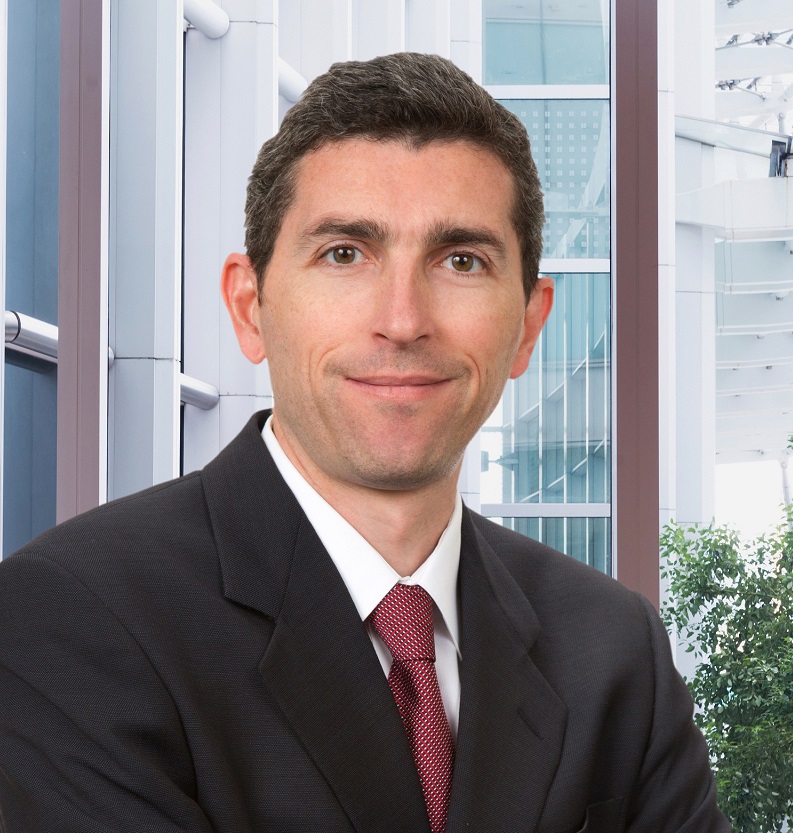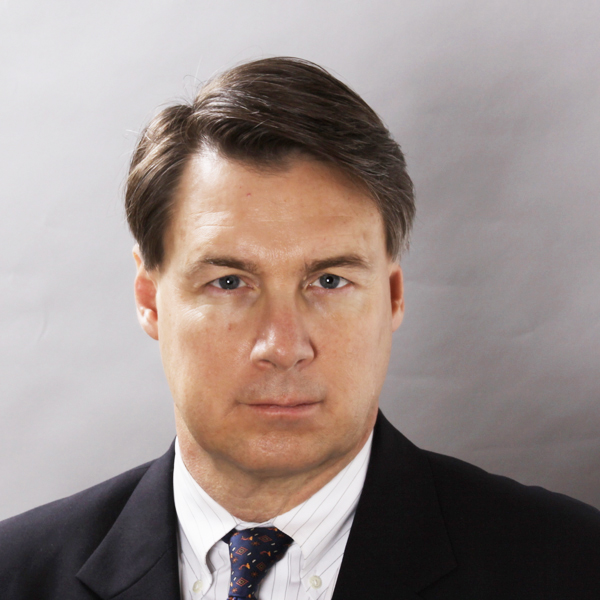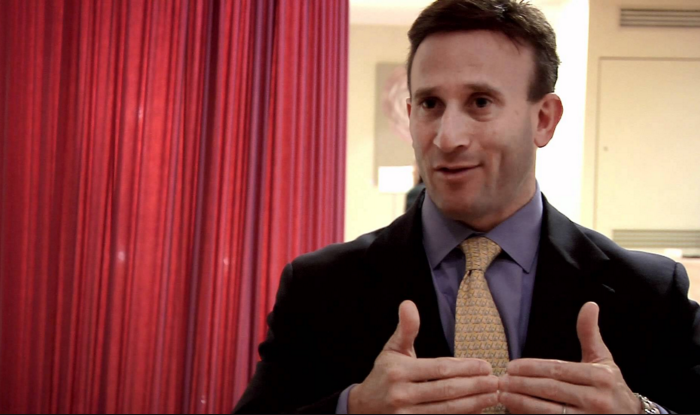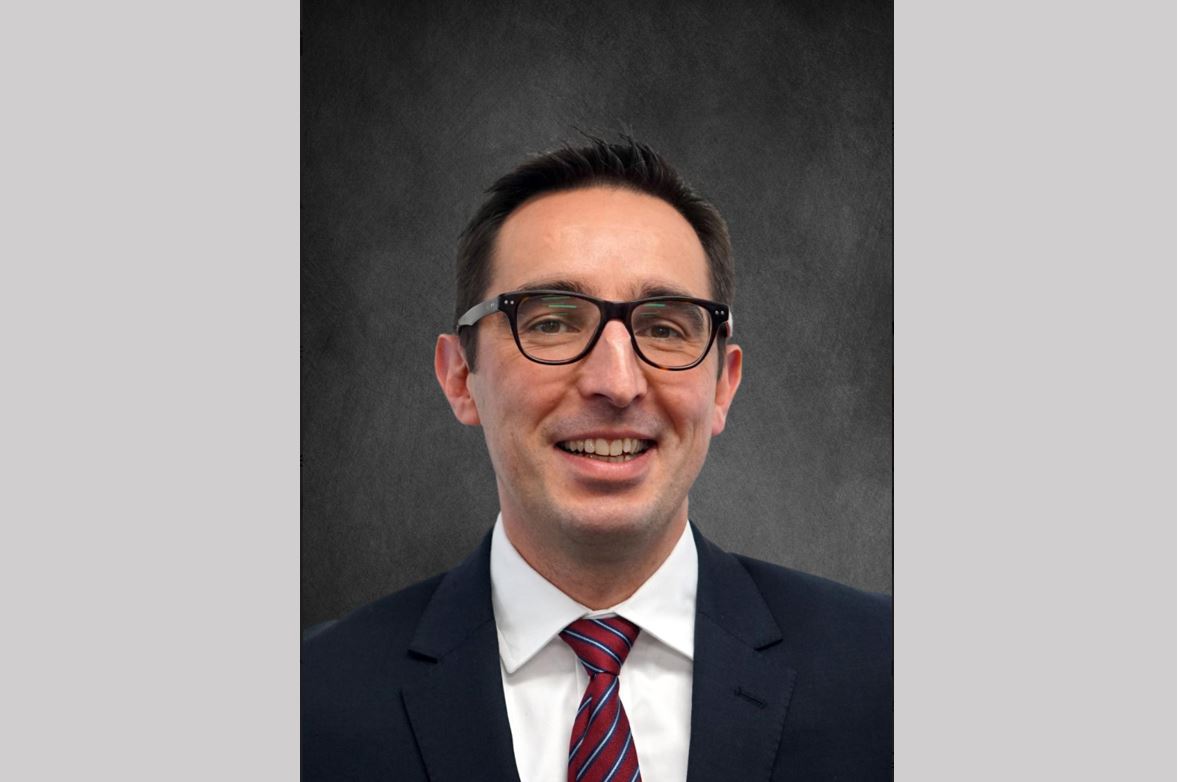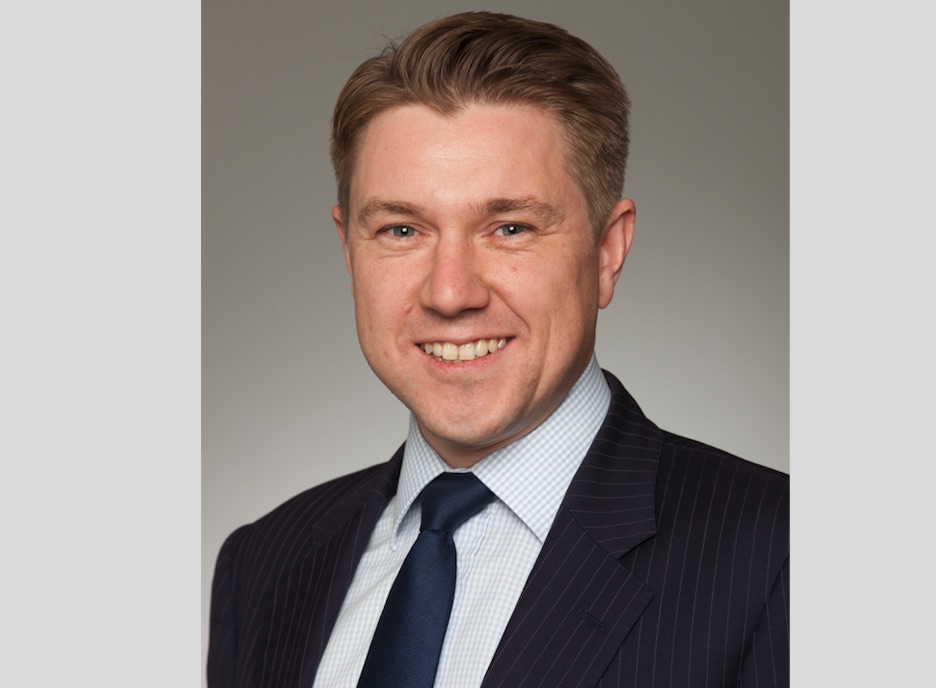Emerging Within the Emerging: The Potential of the Asian Frontier Markets, According to Allianz GI
| By Alicia Miguel | 0 Comentarios
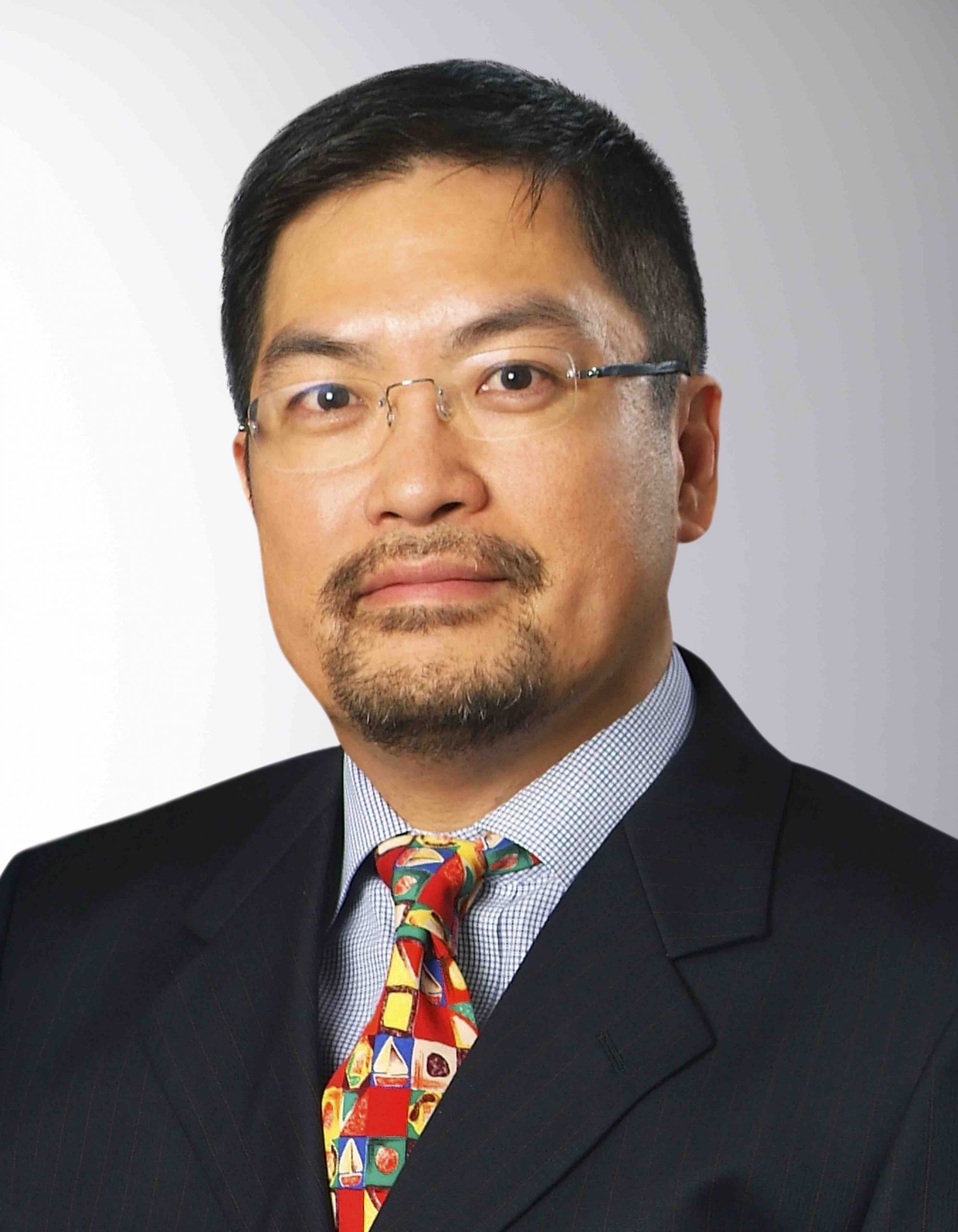
One of the core messages from the Asia forum recently held in Berlin by Allianz Global Investors is that investing in the Asian continent goes far beyond China. Although the Asian giant offers investment opportunities that cannot be ignored, and has risen strongly in recent months in tune with other markets such as India, a market which asset manager Siddharth Johri spoke about, or Korea, all of them revalued by about 30% in the last twelve months, there are also others that offer great potential.
Therefore, beyond the more developed Asian countries, there are emerging countries within the continent, emerging within the emerging, or frontier markets. Dennis Lai, Senior Manager at Allianz GI, spoke about the opportunities in Asian frontier markets, growing markets with very favorable demographic characteristics, consumption opportunities, infrastructure, and GDP growth.
Without taking into account the beneficial effects generated by China (and other more developed Asian countries) on some of these markets, the boom in development and research policies, and the improvement in their fundamentals and credit quality from an investment point of view (which improves the perception of risk).
The Allianz GI strategy that invests in emerging and frontier Asian markets harnesses the potential of these markets and focuses on growth segments (such as consumption, services, technology, and infrastructures, which are less present in the indices but will be gaining traction) and avoids the traditional ones (utilities, financial, health…), in a strategy with conviction that selects between 60 and 80 names.
And it is also based on themes: for example, the asset manager likes the investment in automation theme, and the fact that Asia is a fundamental part of the supply chain for Western robotics firms; also the sale of automotive components to the OECD industry theme; or the aerospace theme, as the continent also provides components to large Western firms.
According to the asset manager, Pakistan, Vietnam or Sri Lanka are some of the next economies that will be among the fastest growing.
The Allianz GI strategy invests in names that also bring great diversification to the portfolios by their decorrelation with other Asian markets, since their fundamentals and their cycle are at a different, earlier stage, than that of other more developed Asian markets.
In addition, they are little-known markets and emerging outflows affect much less:
“We are positive in Asia and in the smaller markets, where we see very interesting opportunities,” remarked the asset manager.
Asia’s Potential
Stefan Scheurer, Asia Pacific Economist at the asset management firm, also pointed out during the event that Asia is not just China, but a vast continent stretching from Japan to Australia and including many, and varied, markets. Between them, the population is larger than that of Europe plus America together, with 4 billion people, 60% of the world’s population, and accounting for more than 35% of the world’s GDP… a trend which is rising, as by 2020 it could account for 42%.
In this context, China has become one of the major standard-bearers and advocates of globalization, and despite Trump and his protectionist attempts, experts estimate that international trade (intra regional and interregional) will continue to grow, driven by TPP (of which the United States is not a party).
According to the expert, the continent will continue to grow, driven by productivity and innovation in China’s or India’s case, with large amounts of patents; regarding the debt problem, he points out that there is potential to increase leverage, since it is a problem in China but not in other economies in the continent. In addition, the population and demographic profile is more favorable in countries such as India, Indonesia or the Philippines than in China, which leaves greater potential for growth in these economies. With all these factors, the expert predicts continued growth in Asia, above that of developed markets, and also driven by the continent’s status as a “relative winner of de-globalization”.

